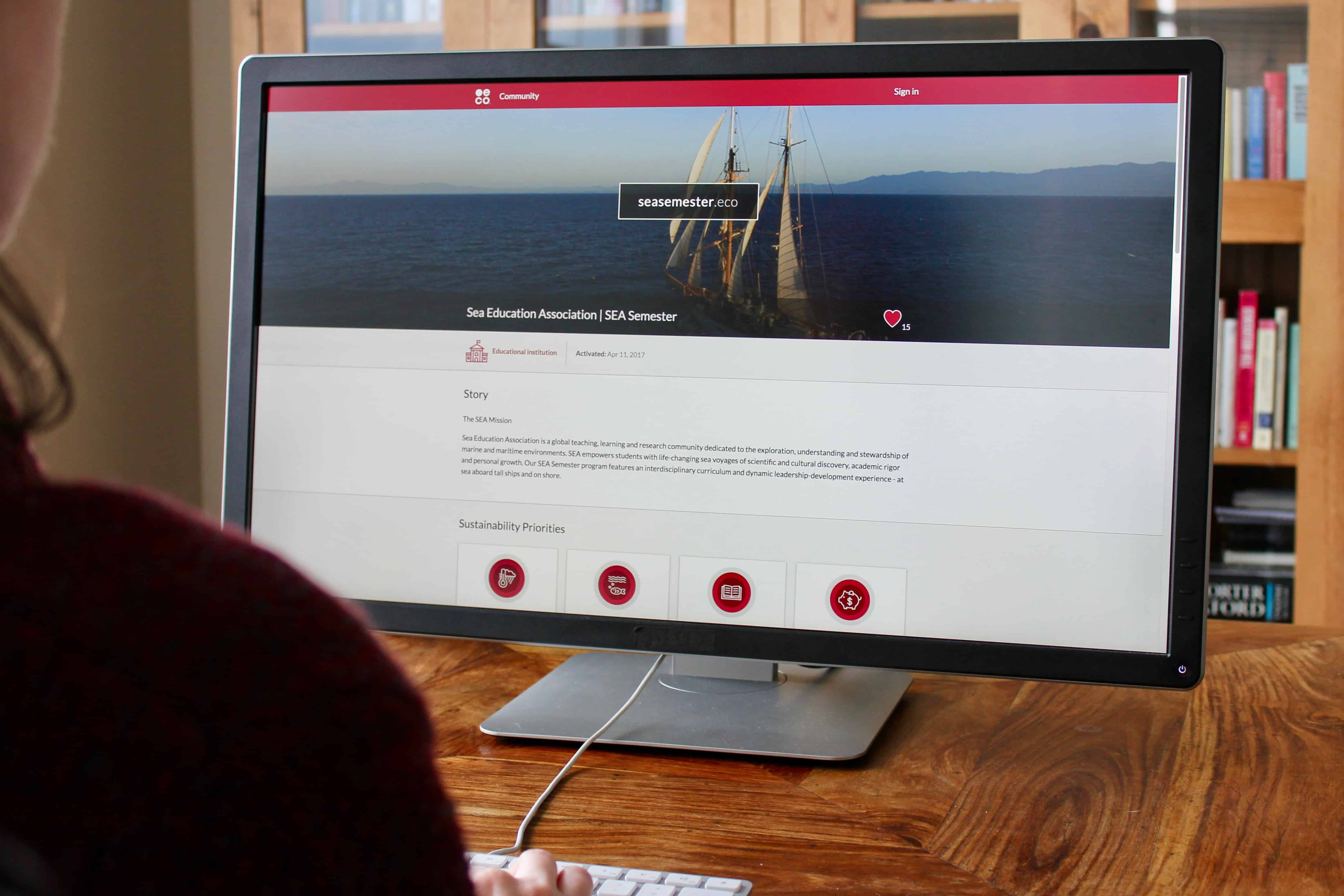How eco-friendly is your website?
Is your website contributing to climate change? Read on to find out

The internet is the largest structure ever built by humanity. It’s hardly surprising that keeping it running is contributing to climate change. Current estimates show the internet is responsible for 3.7% of global emissions.
If the internet was a country, it would be the 7th largest polluter in the world.
Emissions are expected to double by 2025 unless changes are made now.
In this article, we look at how your website could be contributing to climate change and what you can do about it.
Carbon neutral web hosting
The biggest impact that you can have in reducing the carbon emissions of your website is to choose your hosting provider wisely. Your website is running 24x7 on servers in a data center operated by your hosting provider. Key considerations in selecting your provider include:
- How the electricity is generated to power the data center
- How efficiently the data center operates
- Whether the provider purchases carbon credits to offset their emissions
Fortunately, today there are a number of eco-friendly web hosts who purchase or generate 100% renewable electricity for their data centers and carefully measure their carbon footprint. Most .eco domain retailers offer web hosting services and we recently wrote an article to help you find one that’s eco-friendly.
The Green Web Foundation maintains a database of hundreds of data centers running on renewable power. You can use their Green Web Checker to see if your website or any site that you’re curious about is sustainably hosted.
Carbon neutral .eco profiles
Every .eco website has an associated .eco profile page running at profiles.eco. If you have a .eco profile, you can rest assured that we are running it in a carbon neutral data center and are dedicated to operating it as sustainably as possible.

Choose cool tools
With all the website builders and ecommerce platforms out there these days, you don’t need to know much about the ins-and-outs of building and managing your own website. The platform you choose can make a big difference though – so consider the sustainability policies of your providers. Whether it’s building a shop with Shopify, designing a site with Wordpress, or processing payments with Stripe, there are lots of tools to choose from that are working on minimizing their impact too.
Location, location, location
While there are a number of carbon neutral hosting providers and platforms, they generally operate in regions where renewable electricity is available, through hydroelectricity, solar or wind energy. Unfortunately, renewable energy is not yet widely available in all parts of the world.
If your customers are in regions without renewable electricity, do you host your website in a remote, eco-friendly data center or do you host it close to your customers?
This is a tricky question to answer. If your website is located a long distance from your visitors, performance will suffer. Moreover, transmitting your website data via the network from the data center to your customers consumes electricity and also has associated carbon emissions.
One solution is to use a content delivery network (CDN). A CDN will cache your website's static content (web pages, images, stylesheets and other files) and serve it from a data center that is close to your visitor. This way you can use a remote eco-friendly web host for the dynamic content on your website without significantly impacting performance. If your site serves a global audience then this approach is for you.
Note that because a CDN may have hundreds of points of presence around the world, sites like the Green Web Checker may not be able to certify that your website is sustainably hosted. While some of the points of presence are powered with renewable energy, that won’t be the case for all of them. That’s the case for go.eco at present.
Put your website on a low-carbon diet
Since 2015, websites have approximately doubled in size (the amount of data that needs to be transferred to render the page). Much of this growth is due to images and javascript files.
For images, it’s recommended to make sure that the image is sized appropriately for how it is displayed on the page. Images should be served from a CDN and cached on the visitor’s browser. Also, newer image formats such as .webp achieve much better compression than .jpegs or .pngs and are now widely accepted by modern browsers.
For javascript, ensure that your site only serves the javascript that’s required to make the web page function properly and that it's cached on the visitor’s browser. Depending on how it's written, javascript can be quite processor intensive, especially on mobile devices that have inferior processors to desktops or laptops. This can rapidly drain the device battery, requiring more frequent charging, leading to more carbon emissions depending on how that electricity is generated.
Fortunately, taking these steps to reduce the transfer size of your website should also improve site performance for your visitors. So it’s a win-win.
Take action
There’s a lot to do to minimize the carbon footprint of your website. It’s an ongoing journey and it’s an area that’s evolving rapidly. If you’ve been working to make your website more eco-friendly, we want to know and help tell your story. Or if you have some great advice that we missed, email us or DM us on Twitter.